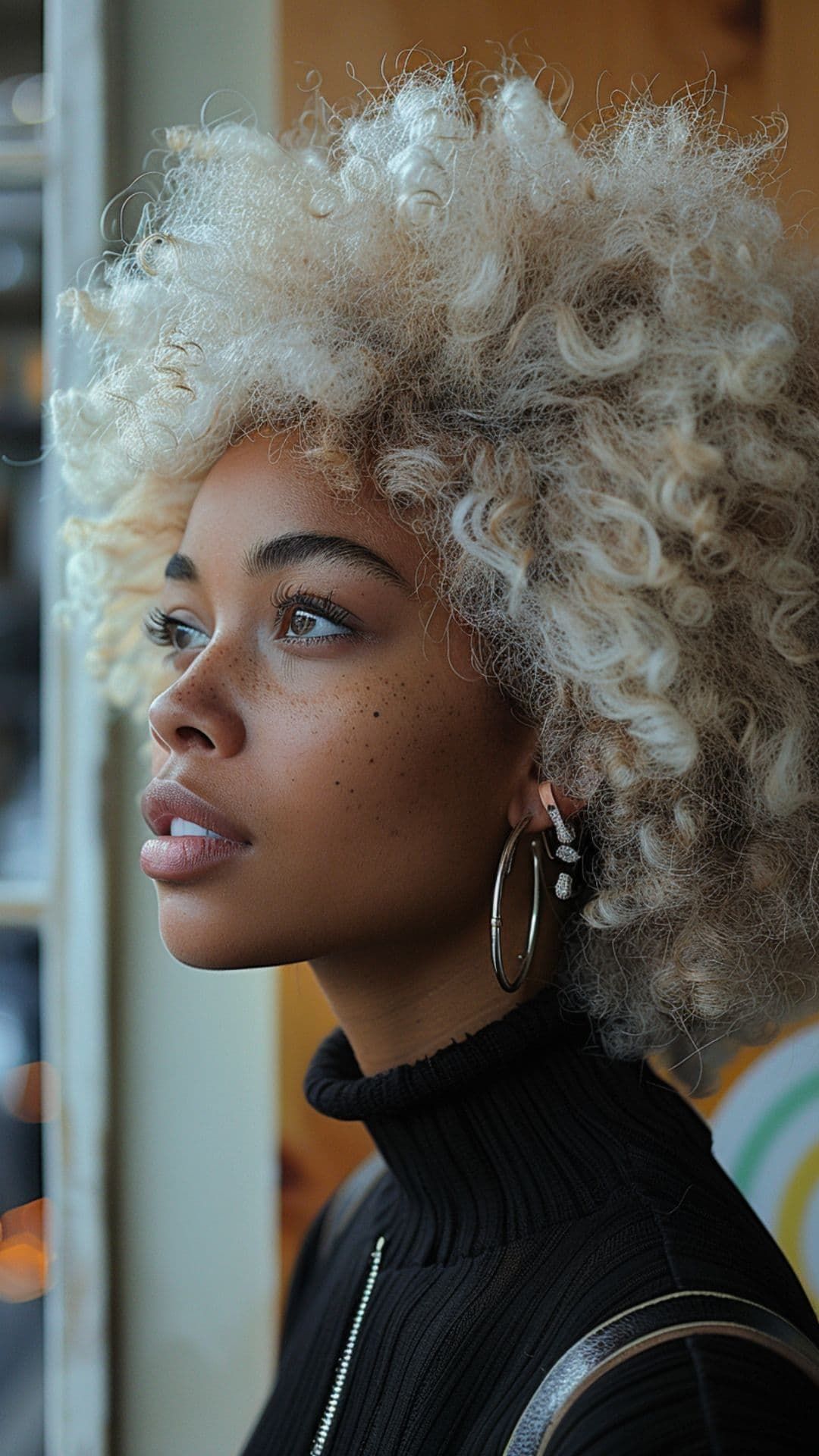Introduction to Flower Photography
Flower photography can be a beautiful and rewarding art form, capturing the delicate beauty of nature in all its glory. Whether you are a novice or a seasoned photographer, there are always new techniques to learn and master. I have been a flower photographer for many years and have learned a few tips and tricks along the way that I am excited to share with you.
Choosing the Right Equipment
When it comes to flower photography, having the right equipment is crucial. A good DSLR camera with a macro lens is essential for capturing the intricate details of flowers. A tripod can also be useful for keeping your camera steady and ensuring sharp images. Additionally, consider using a reflector or diffuser to control the lighting and create the perfect mood for your photos.
Understanding Light and Composition
Light is one of the most important elements in photography, and flower photography is no exception. The quality and direction of light can drastically change the mood and atmosphere of your photos. Experiment with different lighting conditions, such as soft natural light or dramatic artificial light, to see how it affects your images. Additionally, pay attention to composition, and consider using the rule of thirds or leading lines to create visually appealing and dynamic photos.
Playing with Depth of Field
One of the best ways to create a sense of depth and dimension in your flower photos is by playing with depth of field. By using a wide aperture, you can create a shallow depth of field and blur the background, bringing the focus to the main subject. Alternatively, using a narrow aperture can bring more of the scene into focus, allowing for a greater sense of detail and context.
Patience and Observation
Patience is key when it comes to flower photography. Take the time to observe your subjects and wait for the perfect moment to capture them in their best light. Pay attention to details such as the direction of the petals, the angle of the stems, and the presence of any insects or droplets of water, as these small elements can add interest and depth to your photos.
Post-Processing and Editing
After taking your photos, don’t be afraid to experiment with post-processing and editing to enhance the beauty of your flower images. Adjusting the contrast, brightness, and color saturation can help bring out the natural vibrancy of the flowers and create a stunning final result. Additionally, consider using creative editing techniques such as selective blurring or matte effects to add a unique and artistic touch to your photos.
Summary Lists
1. Choose the right equipment, including a DSLR camera with a macro lens and a tripod.
2. Experiment with different lighting conditions and composition techniques to create visually appealing photos.
3. Play with depth of field to create a sense of dimension and focus on the main subject.
4. Patience and observation are key to capturing the beauty of flowers in their best light.
5. Don’t be afraid to experiment with post-processing and editing to enhance the natural beauty of your photos.
In conclusion, flower photography is a wonderful way to capture the beauty and magic of nature. By understanding the importance of light, composition, and depth of field, and by being patient and observant, you can create stunning flower photos that truly capture the essence of these beautiful subjects. With the right equipment and a little creativity, you can take your flower photography skills to the next level and create images that are truly magical. So, grab your camera and head out into nature to capture the beauty of flowers in all their glory.
You can review our digital products by following us on Etsy.





